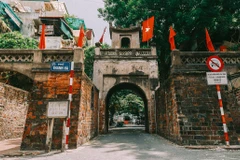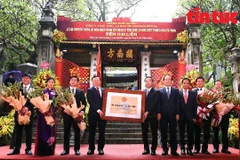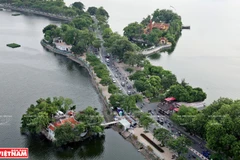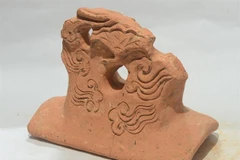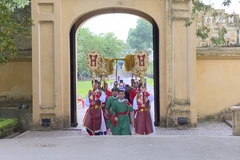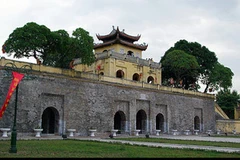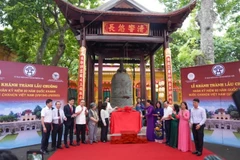
Restoration of Thang Long Citadel artefacts completed
The bell tower now stands alongside the drum tower as a prominent feature within the site’s landscape. Both structures represent the contribution of local artisans and traditional craft villages to the preservation of cultural heritage.


